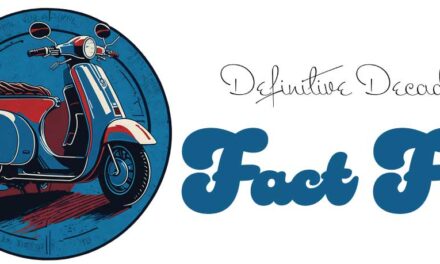“Thunderball” is an action-packed spy film that falls under the genre of espionage. It was released in 1965 and is the fourth installment in the acclaimed James Bond film series. Directed by Terence Young and produced by Albert R. Broccoli and Harry Saltzman, the movie showcases the iconic secret agent James Bond in an exciting adventure filled with intrigue, gadgets, and breathtaking underwater sequences.
The screenplay for “Thunderball” was written by Richard Maibaum and John Hopkins, based on Ian Fleming’s novel of the same name. Fleming himself was involved in the early stages of the screenplay development but unfortunately passed away before its completion.
Set during the height of the Cold War, “Thunderball” centers around a tense conflict between Britain’s MI6 and the international criminal organization SPECTRE. The film opens with the theft of two atomic bombs by SPECTRE, which they plan to unleash on major cities unless their monetary demands are met. It is up to James Bond, played by the charismatic Sean Connery, to retrieve the stolen weapons and prevent a catastrophic disaster.
Joining Connery in the cast are Claudine Auger as Domino Derval, a stunning woman with ties to SPECTRE, and Adolfo Celi as the villainous Emilio Largo, the mastermind behind the atomic bomb scheme. Rounding out the supporting roles are Luciana Paluzzi as Fiona Volpe, a deadly SPECTRE operative, and Rik Van Nutter as Felix Leiter, Bond’s ally from the CIA.
Upon its release, “Thunderball” was met with positive reviews from both critics and audiences alike. The film was praised for its thrilling action sequences, Connery’s memorable portrayal of James Bond, and the spectacular underwater sequences that were considered ground-breaking at the time. The film’s exotic locations, including Nassau, the Bahamas, and stunning cinematography by Ted Moore, added to its appeal.
Box office success followed in the wake of its release, with “Thunderball” becoming the highest-grossing film of 1965. Its success can also be attributed to the film’s innovative marketing campaign, which included tie-ins with various merchandise and the first-ever official James Bond novelization.
Notably, “Thunderball” won the Academy Award for Best Visual Effects, recognizing the groundbreaking underwater sequences. This achievement cemented the film’s place in cinematic history. It also had a significant impact on popular culture, contributing to the ongoing popularity and longevity of the James Bond franchise.
Following the success of “Thunderball,” three more James Bond films starring Sean Connery were released: “You Only Live Twice” (1967), “Diamonds Are Forever” (1971), and “Never Say Never Again” (1983). These films further solidified the legacy of Connery as the iconic Bond and continued to captivate audiences with their thrilling mix of action, espionage, and charm.
In conclusion, “Thunderball” is a classic Bond film that successfully combines thrilling action, compelling characters, and cutting-edge special effects. It continues to be celebrated for its significant contributions to the Bond franchise and remains a beloved entry in the series.












